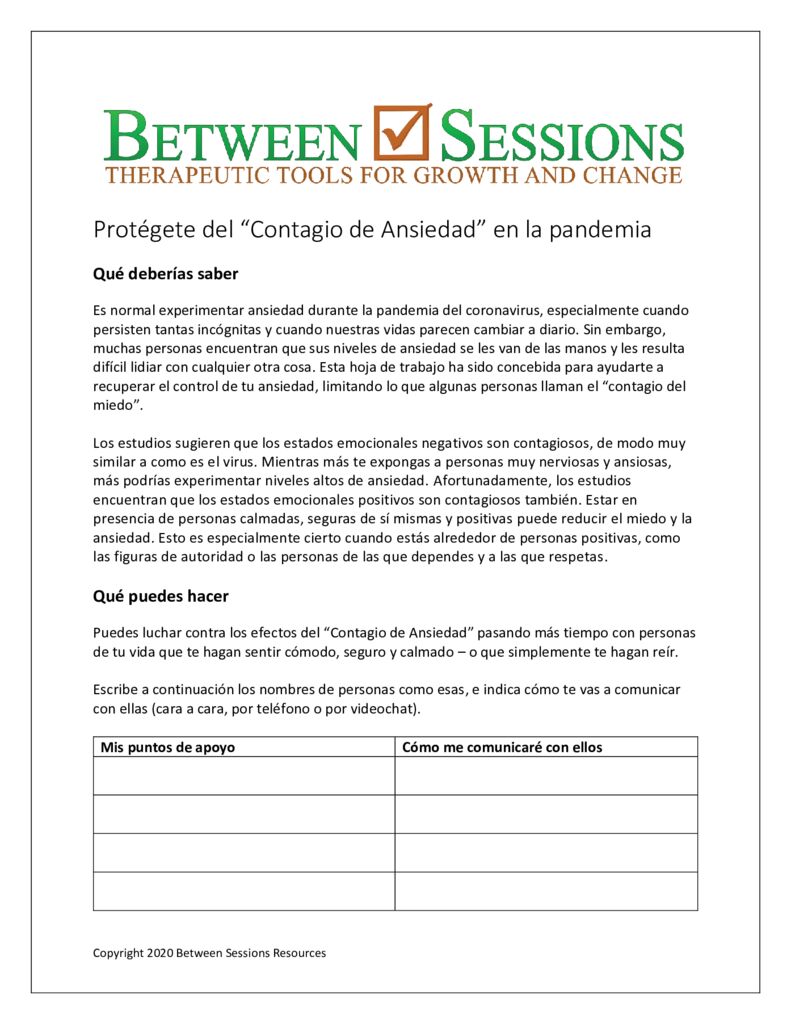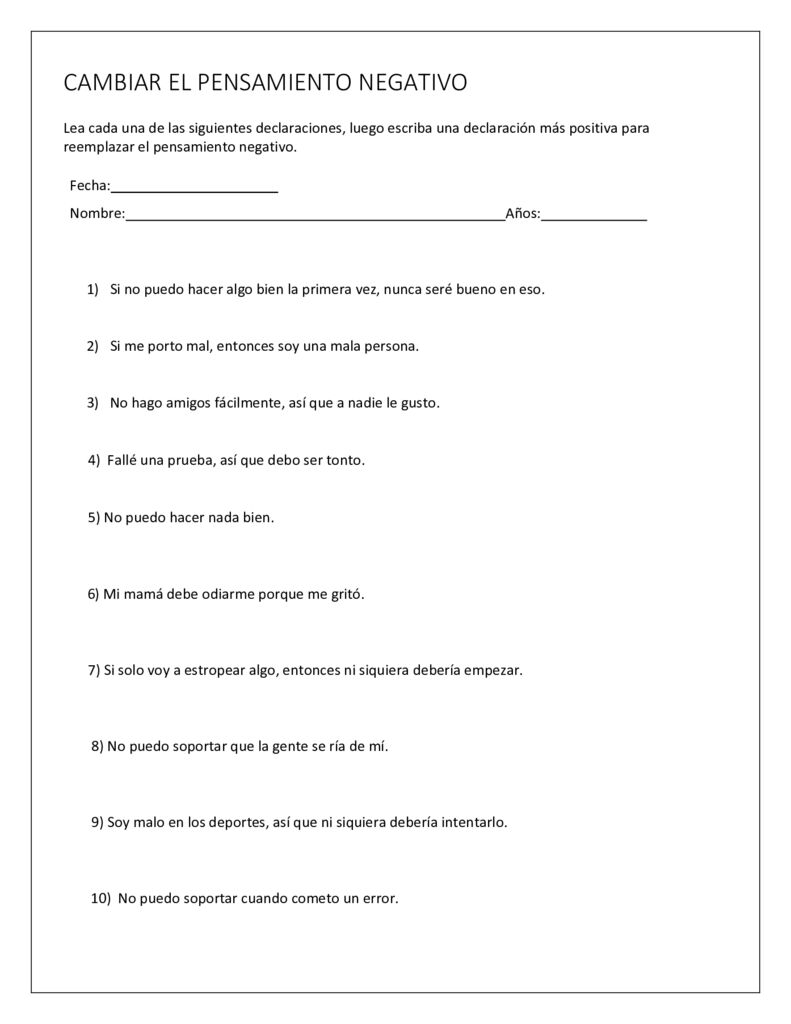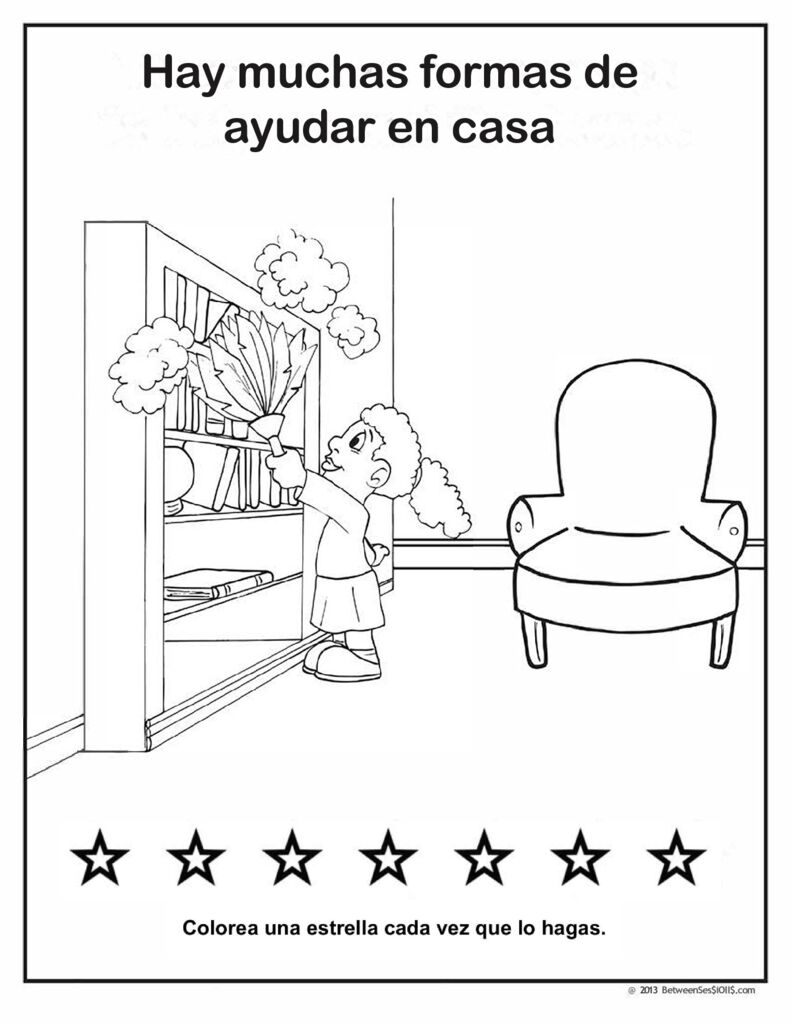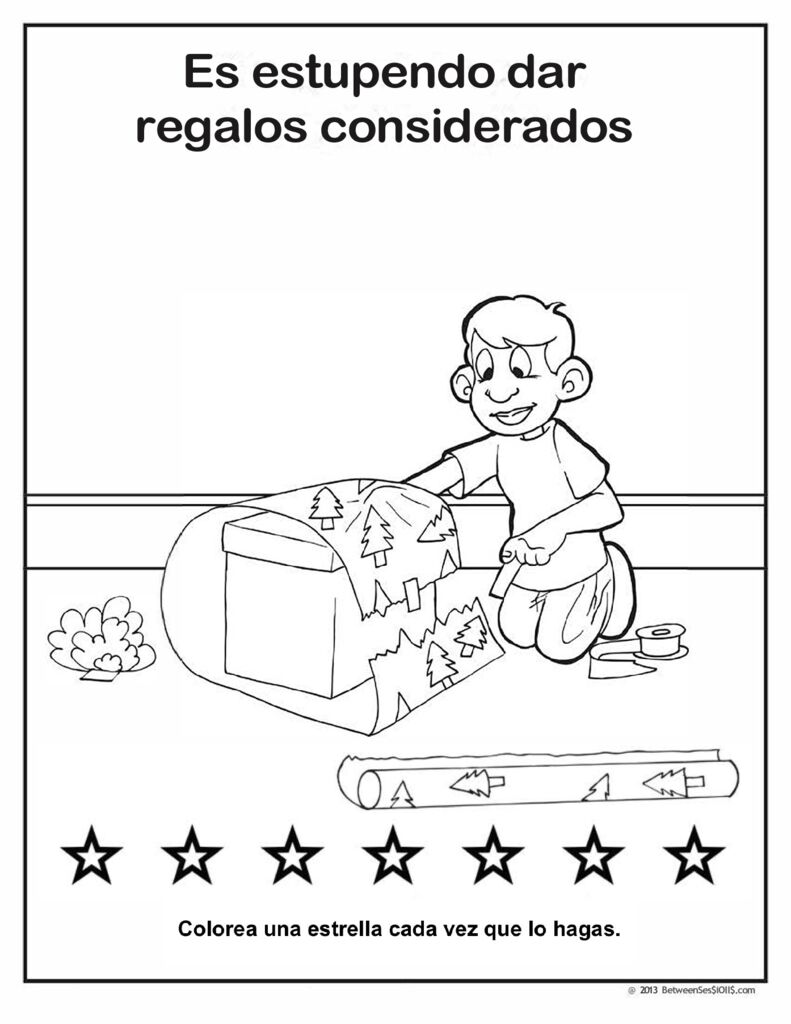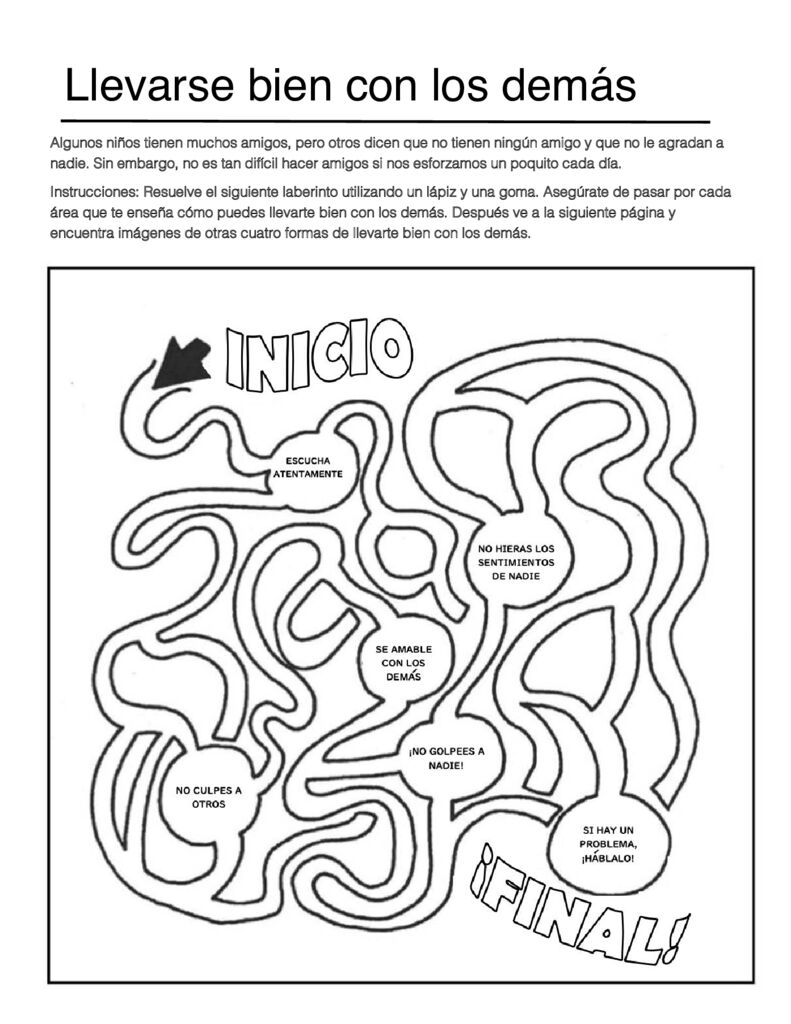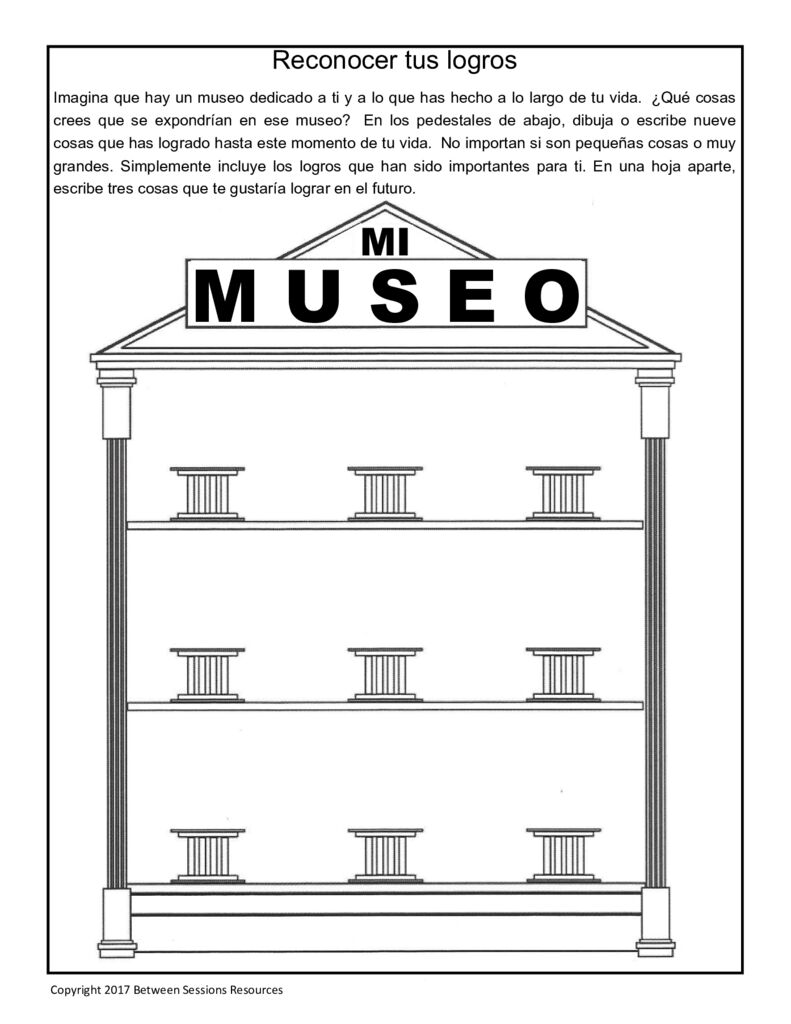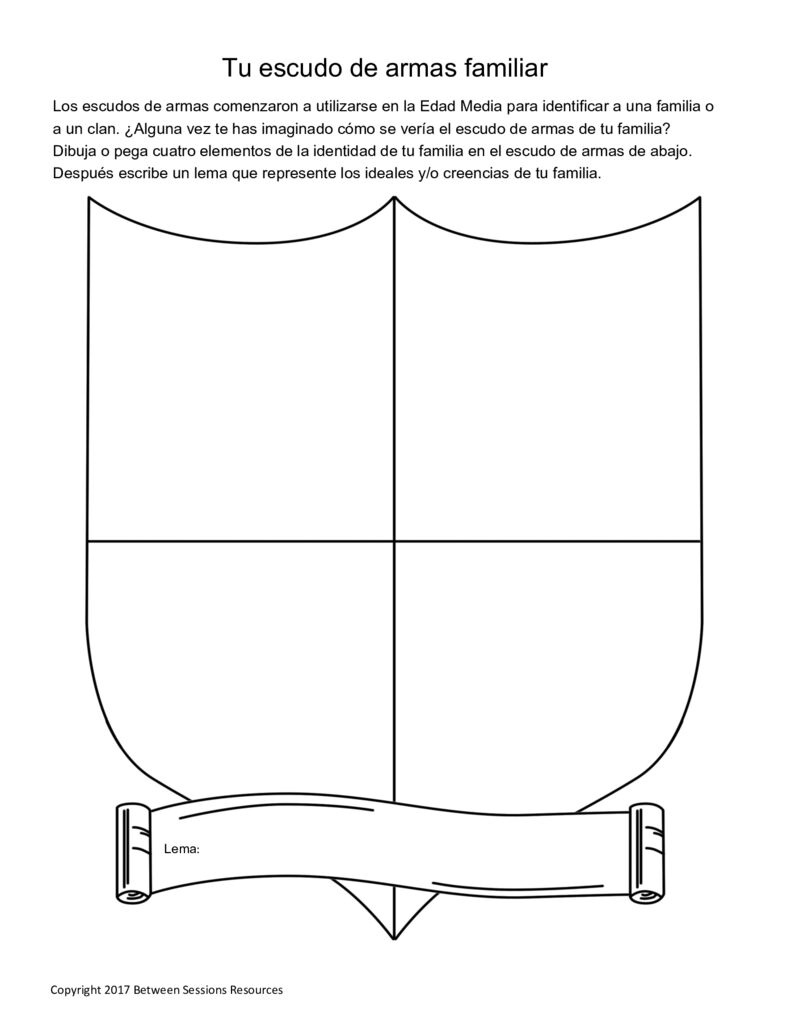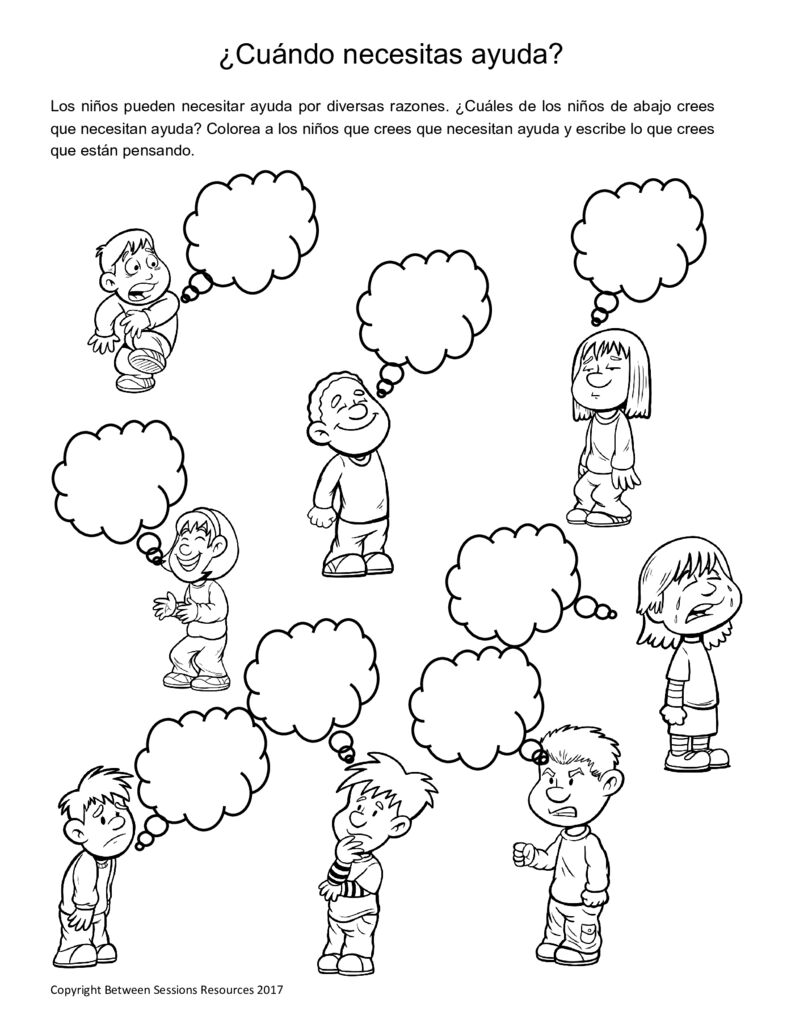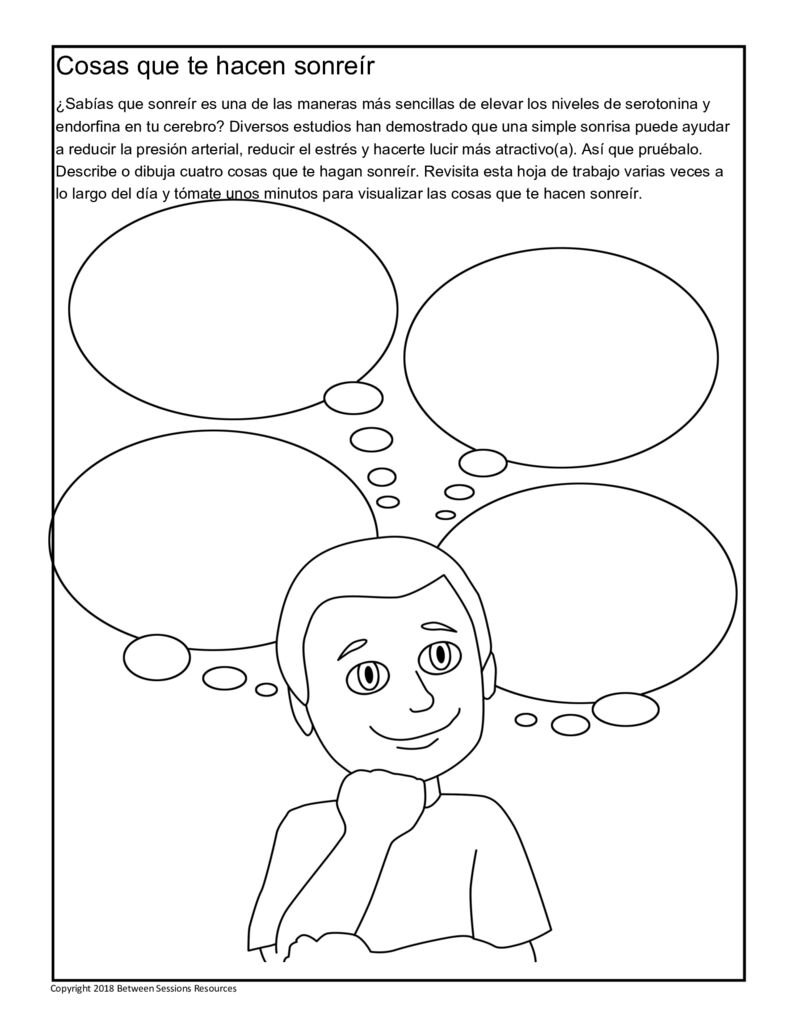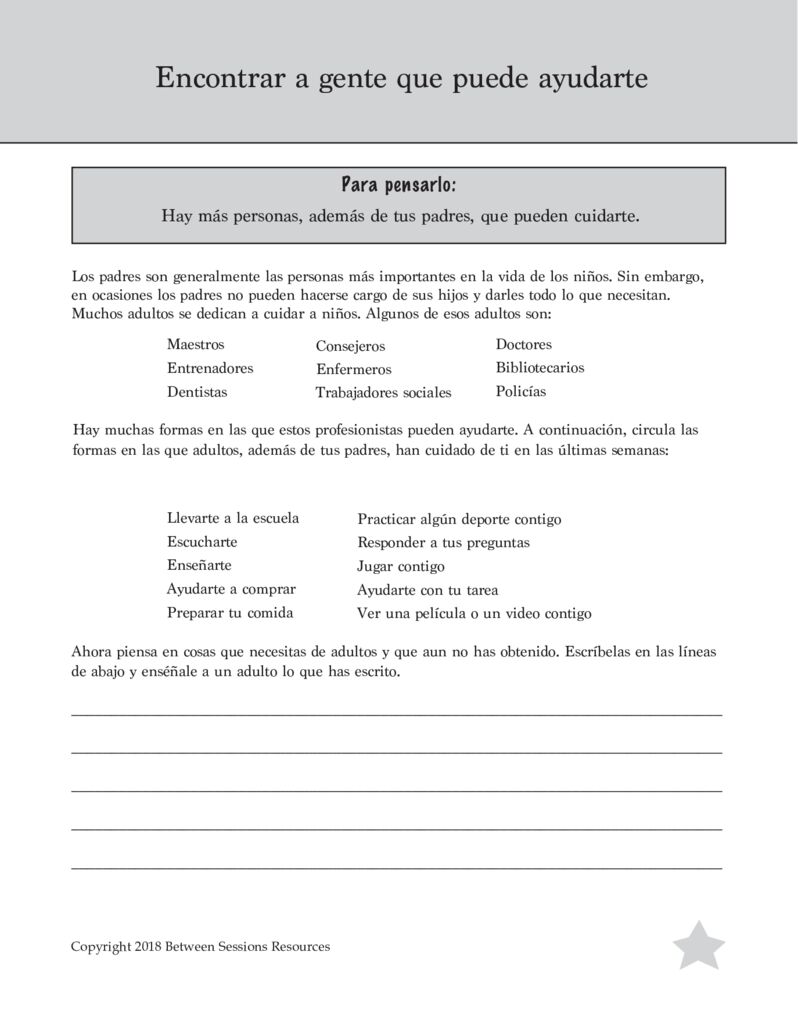This worksheet is designed to help people dealing with the coronavirus pandemic. It suggests ways to deal with anxiety and approach problems in a positive fashion. (0420)
These coping cards can be used by people who want to replace negative behaviors with positive ones. A useful technique to help in breaking negative habits. (0221)
A coloring worksheet for kids to help them learn about cleaning up around the house
This coloring sheet can be used to introduce the concepts of thoughtfulness and consideration to children. It can also be used as a mini-behavior program, letting children color in a star every time they do something thoughtful.
This worksheet is designed to help children understand and practice the behaviors that will help them make friends and get along with others.
This worksheet is designed to help people think about what they have accomplished in their lives and what they hope to accomplish in the future. It uses the metaphor of a museum and asks people to draw or write nine accomplishments they would put in their museum.
This art therapy exercise asks people to think about the symbols or words that would represent the identify of their family
This worksheet is designed to help children think about when they should ask for help for a variety of problems
This simple exercise encourages people to think about the things that make them smile and to practice “random smiling” through the day. In doing this, people can learn how easy it is to get in touch with their positive emotions.
This worksheet is designed to help children see that there are many adults around to help them in times of need. It asks children to think about the people around them (teachers, counselors, etc.) who can give them support and to identify specific times they might seek adult guidance

